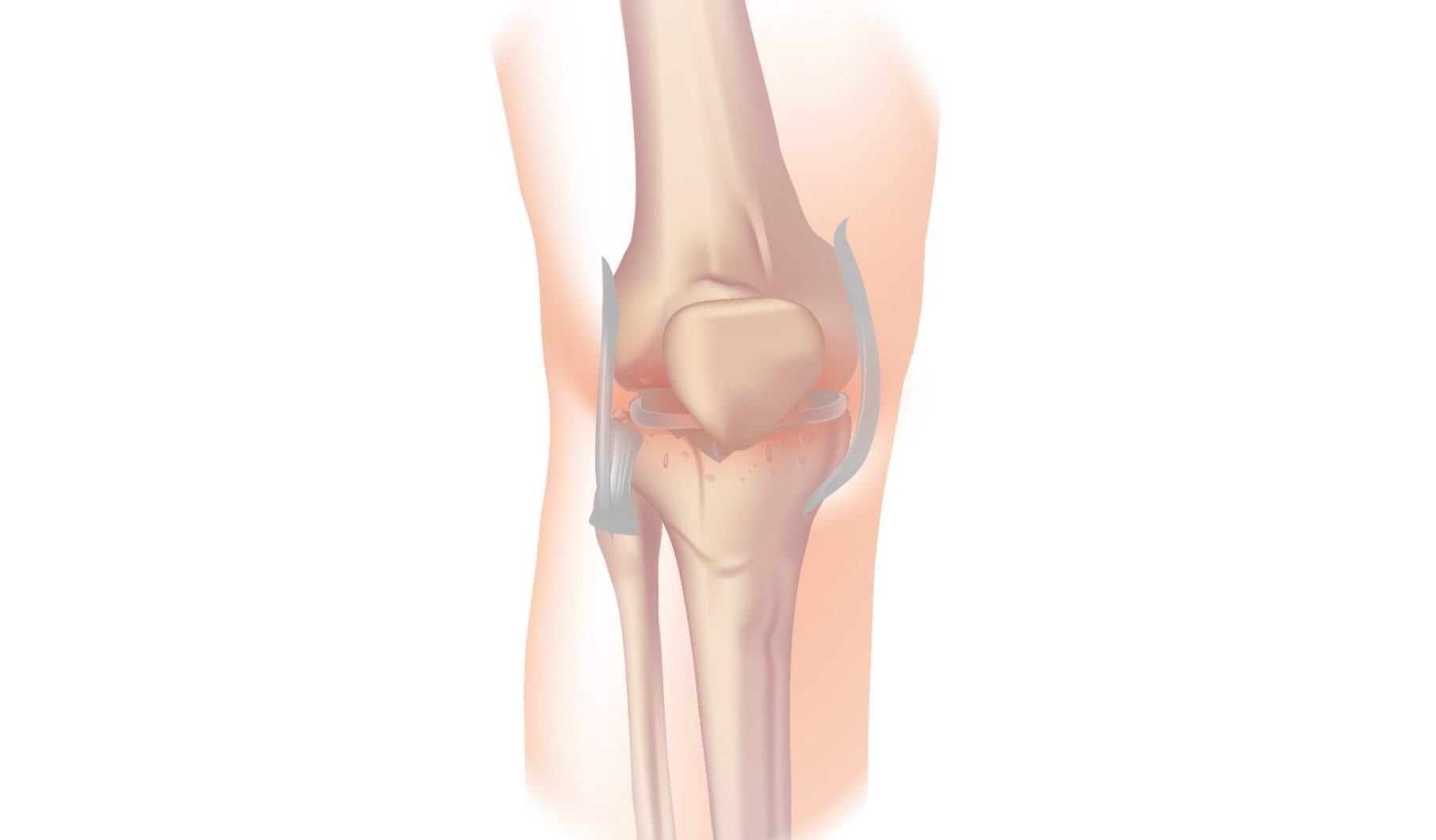Medial collateral ligament (MCL) injury is a common knee injury that affects the ligament on the inner side of the knee joint. The MCL helps to stabilize the knee and prevent excessive inward movement of the lower leg bone (tibia) in relation to the upper leg bone (femur). MCL injuries can range from a mild sprain to a complete tear of the ligament.Symptoms of MCL injury may include pain on the inner side of the knee, swelling, tenderness, and difficulty moving the knee. In more severe cases, there may be instability or a feeling of giving way in the knee.
Treatment for MCL injury typically involves a combination of physiotherapy, medications, bracing, and in some cases, surgical intervention. In some cases, surgery may be necessary to repair or reconstruct the MCL. Surgical management is generally reserved for more severe cases or cases where conservative management has been unsuccessful. Physiotherapy plays an important role in the pre- and post-operative care of patients undergoing MCL surgery, helping to improve outcomes and reduce the risk of complications.
Applying the 5 stages of rehab to MCL injury can help achieve the best possible outcome as follows:
Pain and symptom management: The primary goal of stage 1 is to reduce pain and inflammation. Rest, ice, compression, and elevation (RICE) are often recommended in the initial stages of treatment. Pain-relieving medications such as nonsteroidal anti-inflammatory drugs (NSAIDs) may also be prescribed to manage pain and reduce inflammation. Physiotherapy treatments such as ultrasound, soft tissue massage, and taping can also help to reduce pain and swelling. Supportive bracing is often required in this stage.
Range of motion: Once pain and inflammation are under control, and adequate ligament healing has occurred the focus shifts to restoring normal range of motion in the knee joint. Physiotherapy treatments such as gentle mobilization, stretching exercises, and joint mobilization techniques can help to improve flexibility and reduce stiffness in the knee joint.
Motor control: In stage 3, the focus is on improving neuromuscular control around the knee joint. Exercises that target the quadriceps, hamstrings, and calf muscles, can help to improve muscle strength, balance, and coordination. Proprioceptive training, which involves exercises that challenge balance and coordination, can also be beneficial in improving motor control.
Strengthening: In stage 4, the goal is to build strength in the muscles around the knee joint to improve stability and reduce the risk of reinjury. Resistance training, including exercises such as squats, lunges, and leg presses, can help to build muscle strength and endurance. Plyometric exercises, which involve jumping and landing, can also help to improve power and explosiveness in the lower limb muscles.
Maintenance. In the final stage of rehab, the focus is on maintaining the gains achieved in the previous stages and preventing reinjury. This may involve continuing with regular exercise, including strengthening and proprioceptive training, as well as making any necessary modifications to daily activities or sports participation to reduce the risk of further injury.
For more information on knee medial collateral ligament injuries please see: https://www.physio-pedia.com/Medial_Collateral_Ligament_Injury_of_the_Knee?utm_source=physiopedia&utm_medium=search&utm_campaign=ongoing_internal


